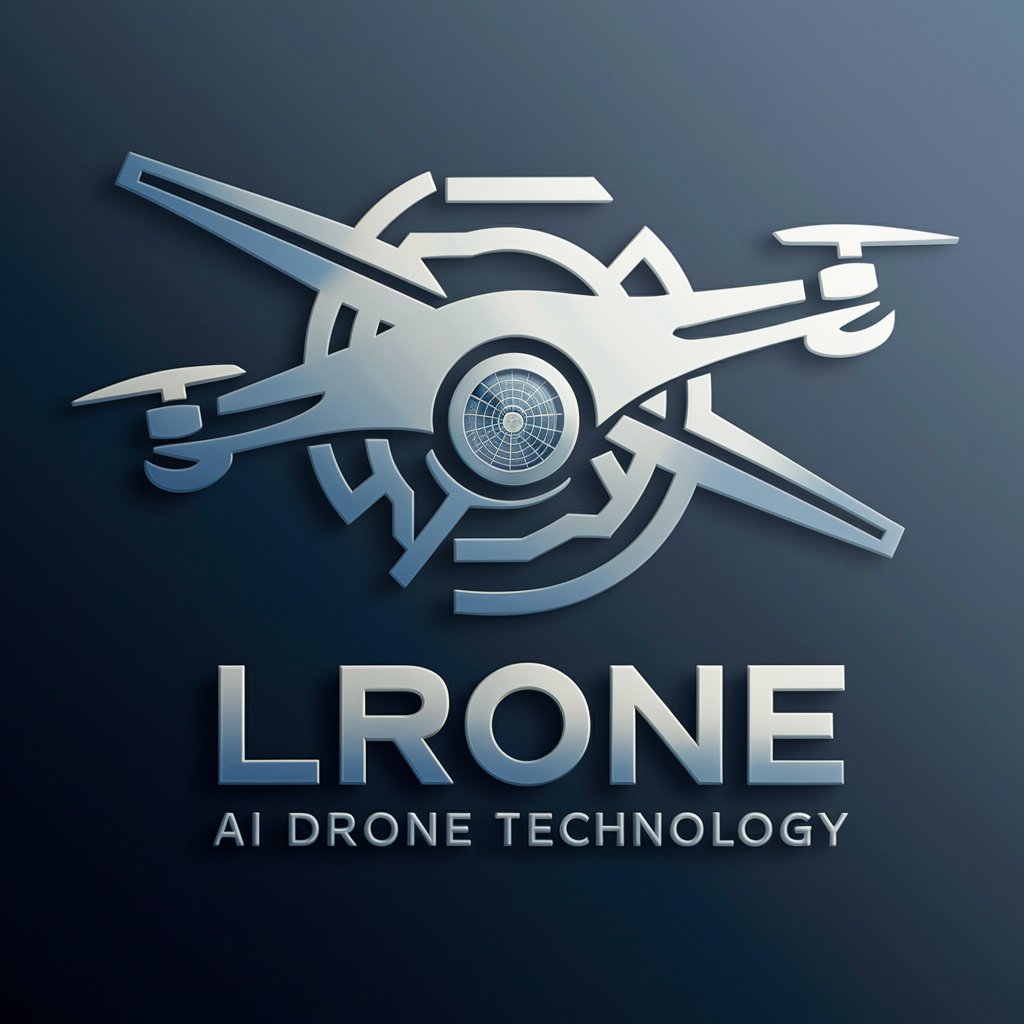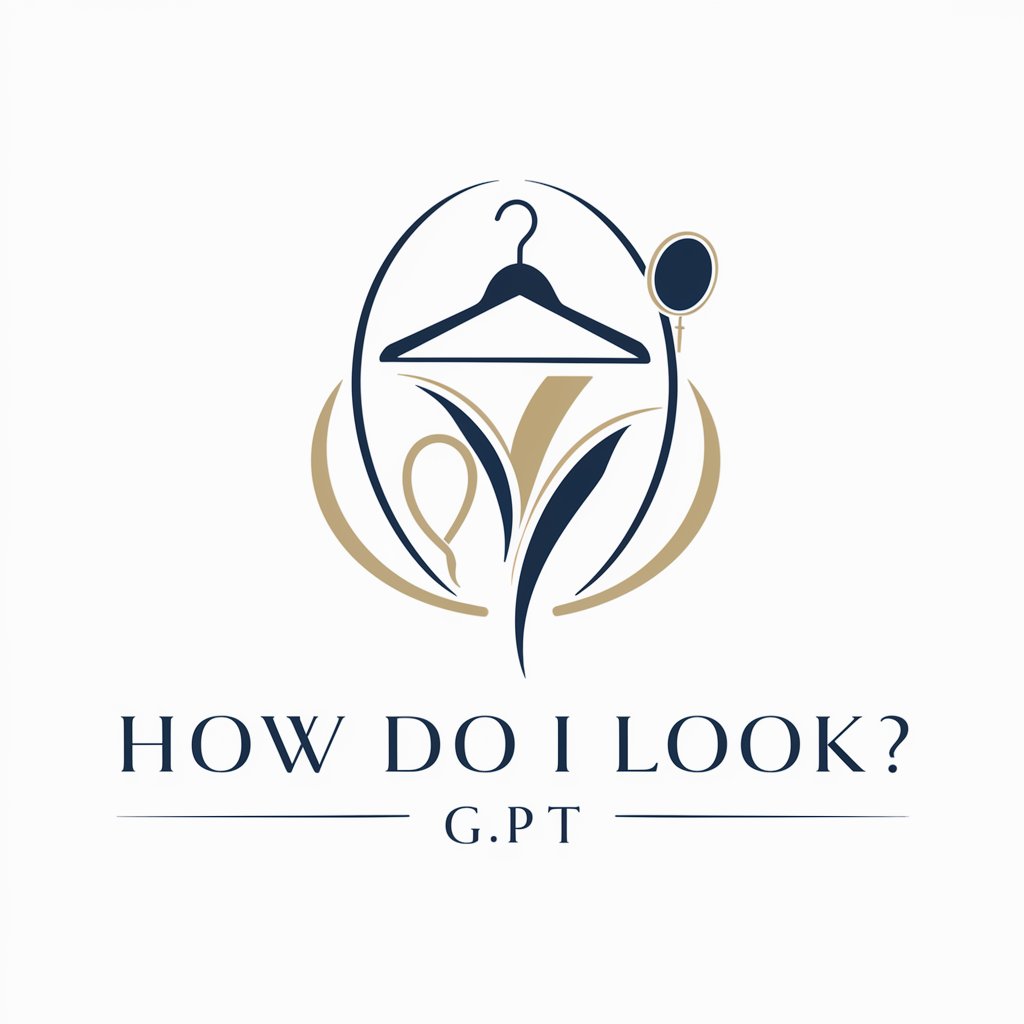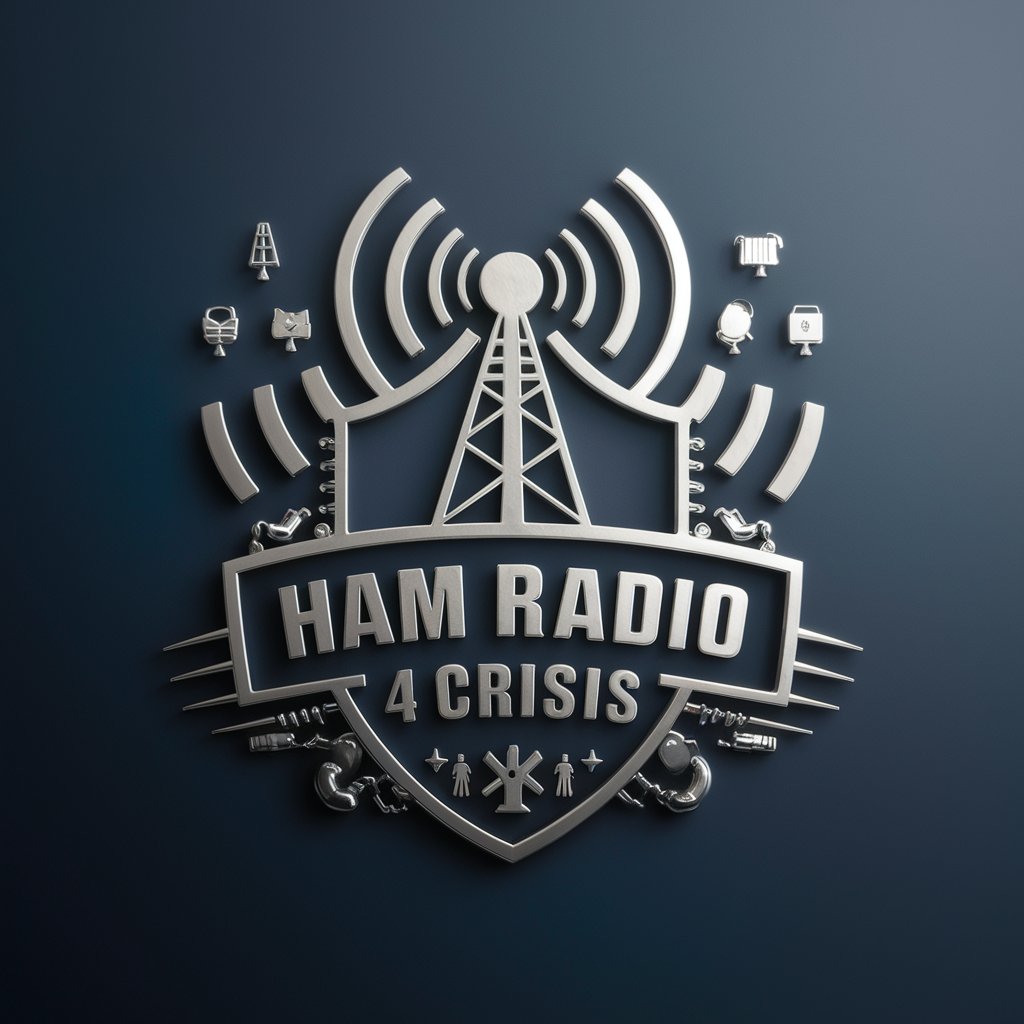
DRONE LIDAR - Drone LiDAR 3D Mapping

Welcome to your premier resource for drone LiDAR and AI integration.
Mapping the Future with AI-powered LiDAR
Explain the process of integrating AI with drone LiDAR systems for urban planning.
Describe a case study where drone LiDAR technology was used in environmental science.
What are the latest advancements in drone LiDAR technology?
How can geospatial professionals benefit from AI-enhanced drone LiDAR data?
Get Embed Code
Overview of DRONE LIDAR
DRONE LIDAR (Light Detection and Ranging) utilizes laser technology to create high-resolution maps and 3D models of environments. This system is mounted on drones and emits light pulses that bounce back upon hitting an object. The time it takes for the light to return is measured, enabling precise calculations of distances. These measurements are used to produce detailed topographical data. A common scenario where DRONE LIDAR excels is in forestry management, where it maps forest canopy and ground levels to assess biomass and forest health, crucial for sustainable management practices. Powered by ChatGPT-4o。

Core Functions of DRONE LIDAR
Terrain Mapping
Example
In the construction industry, DRONE LIDAR is used for site planning and terrain mapping before the commencement of a project. It provides engineers with precise land topography, helping to optimize building placement and infrastructure design.
Scenario
For example, before a large commercial complex is built, a drone equipped with LIDAR can survey the entire area, identifying elevation changes and potential issues with the terrain that could affect construction plans.
Vegetation Analysis
Example
Environmental scientists use DRONE LIDAR to study forest canopies. It helps in understanding the structure of vegetation layers, assessing biomass, and monitoring deforestation or forest growth over time.
Scenario
In Amazon rainforest monitoring, DRONE LIDAR periodically scans large areas to detect changes in forest density, providing data to assess the impact of climate change or illegal logging activities.
Asset Management
Example
Utilities companies employ DRONE LIDAR to inspect and manage infrastructure such as power lines, wind turbines, and pipelines. This helps in detecting potential issues early and planning maintenance without the need for human fieldwork.
Scenario
A utility company might use DRONE LIDAR to create a detailed 3D model of a wind farm, identifying turbines that may require maintenance due to positioning or external damage.
Target User Groups for DRONE LIDAR Services
Geospatial Professionals
These professionals, including surveyors and GIS specialists, benefit immensely from DRONE LIDAR's ability to quickly generate accurate geographical data. This enhances their capability in planning, analysis, and execution of geospatial projects.
Environmental Scientists
Environmental scientists utilize DRONE LIDAR for detailed environmental assessments, habitat mapping, and monitoring ecological changes, which are critical in research and formulating conservation strategies.
Urban Planners
Urban planners leverage DRONE LIDAR to visualize and model urban environments accurately. This assists in everything from city planning and traffic management to disaster preparedness and response strategies.

Steps to Utilize Drone LiDAR Technology
Begin your journey
Start your exploration by visiting yeschat.ai, where you can access a free trial instantly without needing to log in or subscribe to any premium services.
Prepare your equipment
Ensure that your drone is compatible with a LiDAR sensor and that both are properly calibrated. Check the weather conditions and plan your flight path accordingly.
Conduct a test flight
Perform a test flight to ensure all systems are functioning correctly. Use this opportunity to adjust the flight path and LiDAR settings for optimal data collection.
Gather LiDAR data
Fly your drone over the target area to collect LiDAR data. Monitor the data collection process in real-time to make any necessary adjustments.
Process and analyze
Use specialized software to process the LiDAR data into usable formats. Analyze the data to derive insights or create detailed maps and models of the area.
Try other advanced and practical GPTs
Spelling and Reading at Grade Level
Empower Learning with AI

Doom Rhymer
Craft Complex Raps with AI

OMS Advisor
Empower Your Orders with AI

Kundtjänst Maskin & Fritid
Empowering your product experience with AI.

Mr. Creador FAQ
Empowering Inquiries with AI Precision

How Do I look?
Enhancing your style with AI

HI Real Estate Agent
Your AI-powered Hawaii Real Estate Expert

Show me your Fridge! 👨🍳🥒🧅🧀🥩
Transform ingredients into gourmet meals with AI.

Tuteur Personnel en Italien
Master Italian with AI Power

Ham Radio 4 Crisis
Stay Connected Anywhere

Tattoo Designer GPT
Visualize Your Tattoo with AI

Merch Master
Crafting Your Creations with AI

Frequently Asked Questions about Drone LiDAR
What is Drone LiDAR?
Drone LiDAR (Light Detection and Ranging) is a remote sensing technology that uses laser light to measure distances. Mounted on drones, it creates precise 3D maps and models of the surveyed environments.
What are the benefits of using Drone LiDAR?
Drone LiDAR offers high accuracy, the ability to penetrate vegetation, and flexibility in data collection, making it ideal for topography, forestry, urban planning, and environmental monitoring.
How accurate is Drone LiDAR?
Drone LiDAR can achieve centimeter-level accuracy depending on the equipment quality, environmental conditions, and operational setup.
Can Drone LiDAR be used at night?
Yes, one of the advantages of LiDAR is its ability to operate independently of ambient light, allowing for night-time operations, which is beneficial for various monitoring and mapping tasks.
What types of environments are suitable for Drone LiDAR?
Drone LiDAR is versatile and can be used in diverse environments, including dense forests, urban areas, coastal regions, and rugged terrain, thanks to its ability to capture high-resolution data over large areas.